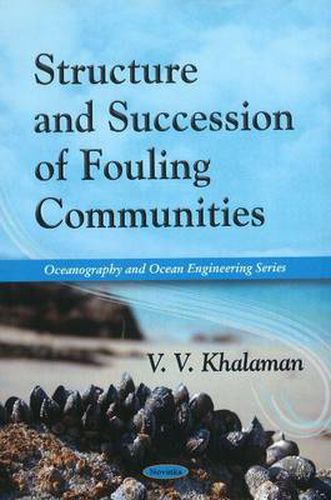Readings Newsletter
Become a Readings Member to make your shopping experience even easier.
Sign in or sign up for free!
You’re not far away from qualifying for FREE standard shipping within Australia
You’ve qualified for FREE standard shipping within Australia
The cart is loading…






The development of fouling communities in the White Sea cannot be described as a linear sequence of stages replacing each other, but rather as a network of possible stages. Such scheme has a low predictive value and does not explain changes occurring in fouling communities. The estimation of a survival strategy of epibenthic organisms in terms of Ramenskii-Grime’s system is conceived as the most promising method in analysis of structure and development of fouling communities. Testing of this hypothesis was carried out in five fouling organisms: mollusks Mytilus edulis and Hiatella arctica, solitary ascidians Molgula citrina and Styela rustica, and sponge Halichondria panicea. The obtained strategies coincide well with real positions of testing species in structure and succession of fouling communities developing in the White Sea.
$9.00 standard shipping within Australia
FREE standard shipping within Australia for orders over $100.00
Express & International shipping calculated at checkout
The development of fouling communities in the White Sea cannot be described as a linear sequence of stages replacing each other, but rather as a network of possible stages. Such scheme has a low predictive value and does not explain changes occurring in fouling communities. The estimation of a survival strategy of epibenthic organisms in terms of Ramenskii-Grime’s system is conceived as the most promising method in analysis of structure and development of fouling communities. Testing of this hypothesis was carried out in five fouling organisms: mollusks Mytilus edulis and Hiatella arctica, solitary ascidians Molgula citrina and Styela rustica, and sponge Halichondria panicea. The obtained strategies coincide well with real positions of testing species in structure and succession of fouling communities developing in the White Sea.